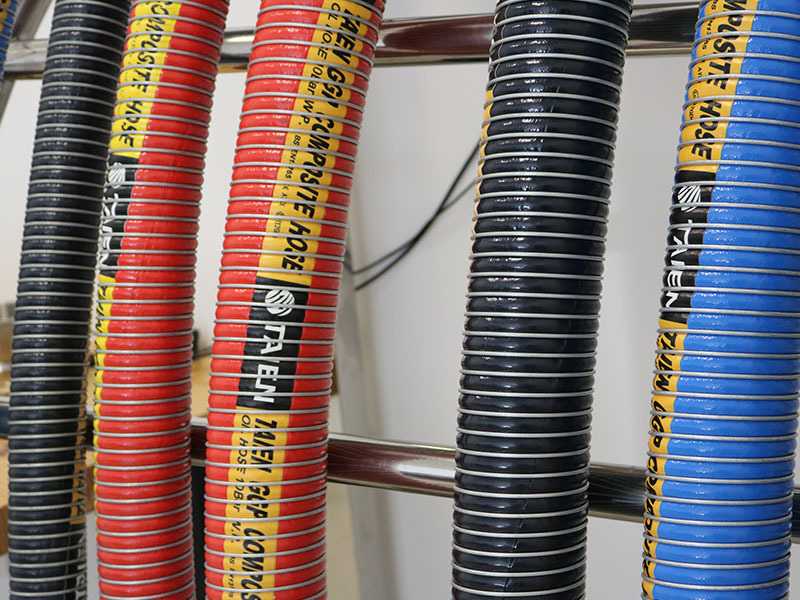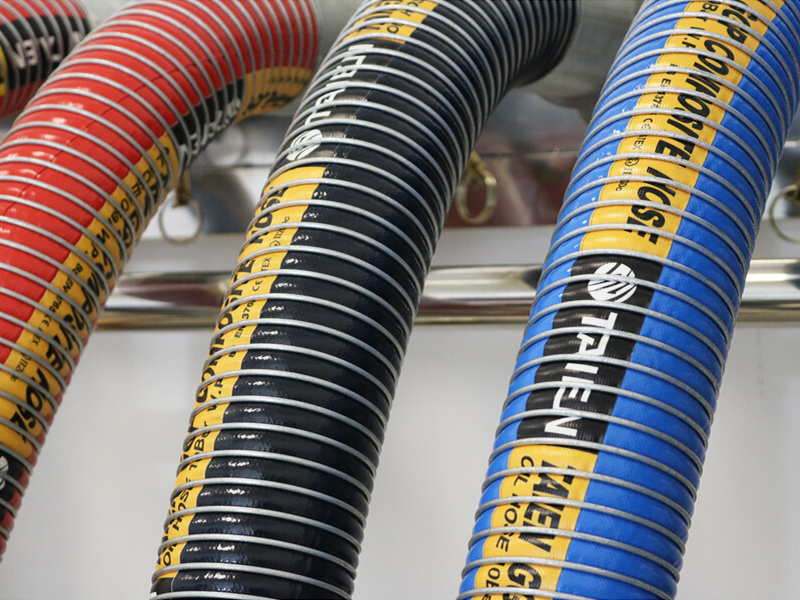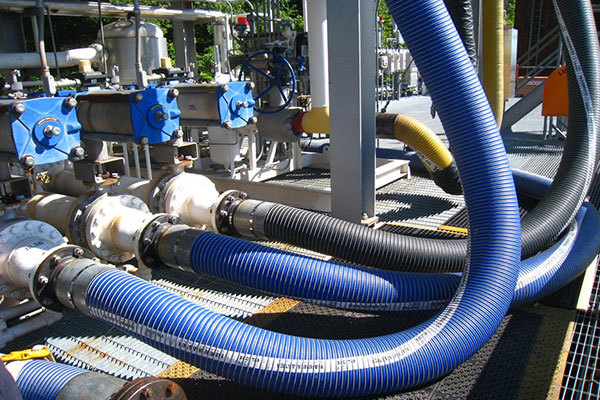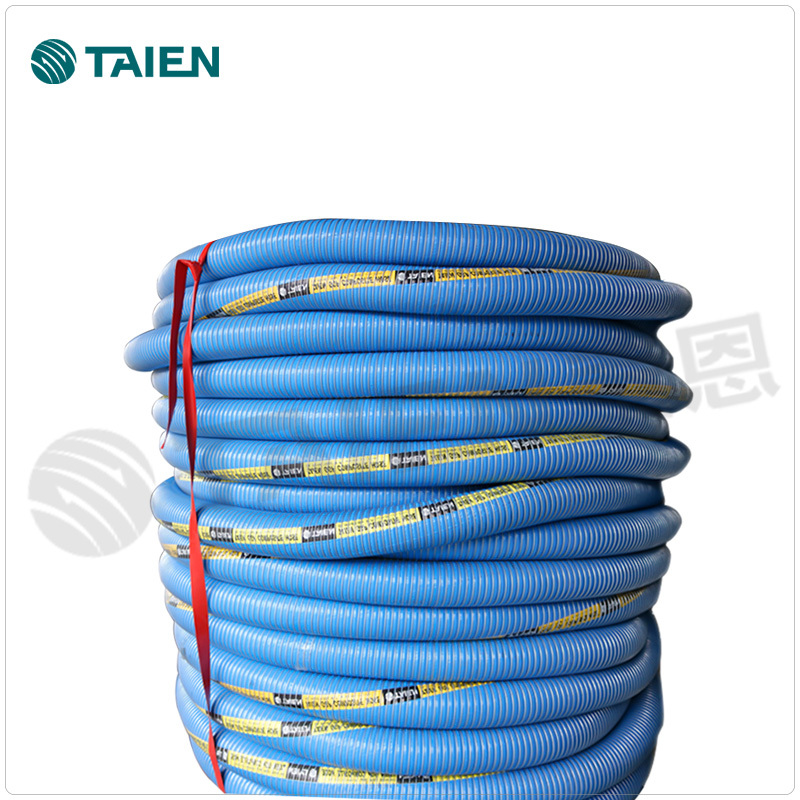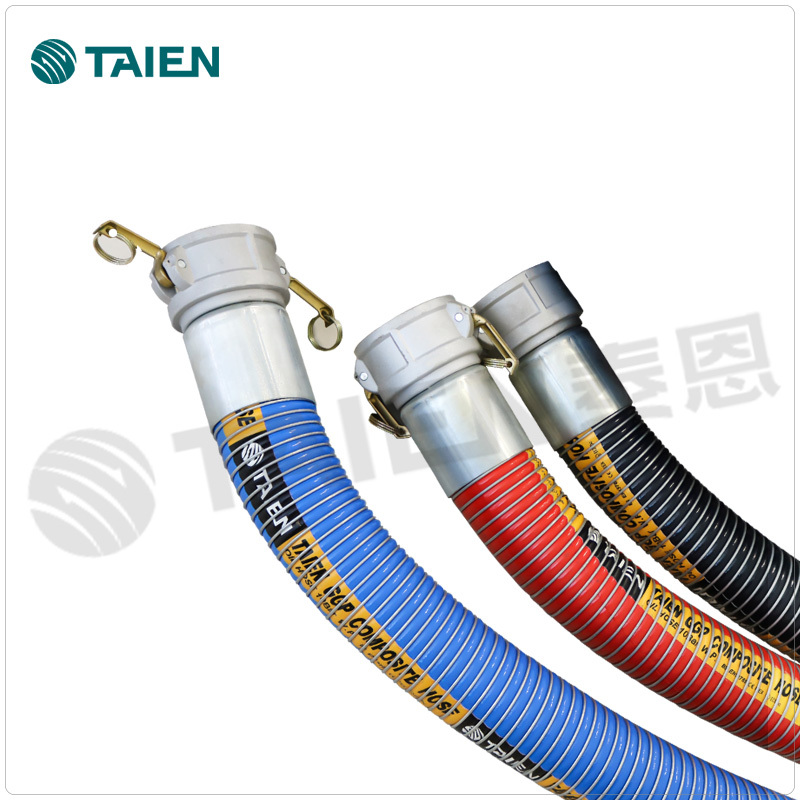How Composite Hoses Can Significantly Reduce Costs in Packing and Printing
Release time:
2025-05-08
Author:
Source:
Abstract
How Composite Hoses Can Significantly Reduce Costs in Packing and Printing
Table of Contents
1. Introduction to Composite Hoses
2. Understanding Composite Hoses
3. Benefits of Composite Hoses in Packing and Printing
3.1 Cost Efficiency
3.2 Flexibility and Durability
3.3 Safety and Compliance
4. Applications of Composite Hoses i
How Composite Hoses Can Significantly Reduce Costs in Packing and Printing
Table of Contents
- 1. Introduction to Composite Hoses
- 2. Understanding Composite Hoses
- 3. Benefits of Composite Hoses in Packing and Printing
- 4. Applications of Composite Hoses in the Industry
- 5. Case Studies: Success Stories
- 6. Challenges of Implementing Composite Hoses and Solutions
- 7. The Future of Composite Hoses in Packing and Printing
- 8. Conclusion
- 9. FAQs
1. Introduction to Composite Hoses
In the rapidly evolving **packing and printing industry**, the need for efficiency and cost reduction is paramount. A critical component that has emerged as a game-changer is the **composite hose**. These advanced hoses are designed using layers of different materials, offering unique advantages, particularly in the handling and transportation of various fluids. This article explores how composite hoses can significantly reduce costs in packing and printing, enhancing operational efficiency and safety.
2. Understanding Composite Hoses
Composite hoses are made from a combination of materials, such as thermoplastics and textiles. This combination allows them to withstand a variety of conditions, including extreme temperatures and pressures. Unlike traditional metal or rubber hoses, composite hoses are lightweight, flexible, and resistant to a wide range of chemicals. The design of composite hoses enables them to be used in various applications, from liquid transportation to pneumatic systems. Understanding their construction and capabilities is crucial for leveraging their benefits in the packing and printing sector.
3. Benefits of Composite Hoses in Packing and Printing
The application of composite hoses in packing and printing offers several distinct advantages that contribute to reduced operational costs.
3.1 Cost Efficiency
One of the primary benefits of using composite hoses is their **cost efficiency**. Traditional hoses can be expensive to maintain and replace. In contrast, composite hoses have a longer lifespan due to their durable construction. They are less prone to wear and tear, which reduces the frequency and costs associated with replacements. Furthermore, their lightweight nature leads to lower shipping costs, making them a more economical choice overall.
3.2 Flexibility and Durability
Composite hoses are renowned for their **flexibility**. This characteristic allows them to be easily manipulated into various configurations, making them suitable for diverse applications within the packing and printing industry. Additionally, their durability ensures they can withstand the rigors of daily use without succumbing to damage, resulting in fewer interruptions in production. This combination of flexibility and durability translates to enhanced operational efficiency and, ultimately, cost savings.
3.3 Safety and Compliance
Safety is an essential consideration in any industry, particularly in packing and printing, where hazardous materials may be involved. Composite hoses are designed to meet stringent safety standards, reducing the risk of leaks and spills. By minimizing the chances of accidents, companies can avoid costly downtime and potential legal issues. Compliance with safety regulations not only fosters a secure work environment but also enhances a company’s reputation.
4. Applications of Composite Hoses in the Industry
The versatility of composite hoses makes them suitable for a wide range of applications within the packing and printing industry. They can be employed in tasks such as:
- **Transporting inks and solvents:** Composite hoses are ideal for moving various inks and solvents used in printing processes, ensuring compatibility with numerous chemicals.
- **Handling adhesives:** The flexible nature of composite hoses allows for precise adhesive application without the risk of clogging or wear.
- **Pneumatic applications:** Composite hoses can efficiently transport air and gases, making them suitable for pneumatic systems involved in packing operations.
By understanding and utilizing these applications, businesses can optimize their processes and reduce costs.
5. Case Studies: Success Stories
To illustrate the effectiveness of composite hoses in reducing costs, consider the following case studies:
- **Case Study 1: A Leading Printing Company**
A prominent printing company transitioned from traditional rubber hoses to composite hoses. They reported a **30% reduction in maintenance costs** due to the durability and longevity of the composite hoses. The flexibility also allowed for more efficient layouts in their workflow, leading to an overall productivity increase.
- **Case Study 2: A Packaging Manufacturer**
A packaging manufacturer faced issues with leaks and product contamination due to their aging hose system. By switching to composite hoses, they not only eliminated these problems but also saved approximately **25% on material costs** as they required less frequent replacements.
These examples demonstrate the tangible benefits of adopting composite hoses in various packing and printing applications.
6. Challenges of Implementing Composite Hoses and Solutions
While the advantages of composite hoses are clear, some challenges may arise during implementation. These include:
- **Initial Costs:** The upfront investment for composite hoses can be higher than traditional options. However, the long-term savings in maintenance and replacements often outweigh these initial costs.
- **Training Staff:** Employees may require training to adapt to the new hoses. Providing comprehensive training sessions can ensure smooth transitions and effective use of composite hoses.
By addressing these challenges proactively, businesses can maximize their investment in composite hoses.
7. The Future of Composite Hoses in Packing and Printing
The future of composite hoses in the packing and printing industry looks promising. As technology advances, the materials used for composite hoses are likely to improve, enhancing their performance and applications. Furthermore, the growing emphasis on sustainability will drive demand for more efficient and eco-friendly solutions, positioning composite hoses as a vital component of future packing and printing operations.
8. Conclusion
Composite hoses represent a transformative solution for the packing and printing industry, offering significant cost savings while enhancing operational efficiency. From their unmatched flexibility and durability to their safety compliance, these hoses are setting new standards in fluid handling. By embracing composite hoses, businesses can streamline their processes, reduce costs, and position themselves for future success in a competitive market.
9. FAQs
What are composite hoses made of?
Composite hoses are typically made from a combination of thermoplastics, fabrics, and other materials that provide flexibility and chemical resistance.
How do composite hoses compare to traditional hoses?
Composite hoses are generally more durable, flexible, and lightweight than traditional metal or rubber hoses, leading to reduced maintenance costs and improved efficiency.
Can composite hoses handle high-pressure applications?
Yes, many composite hoses are designed to handle high-pressure applications, making them suitable for demanding environments in packing and printing.
Are composite hoses resistant to chemicals?
Composite hoses have excellent chemical resistance, making them ideal for transporting inks, solvents, and other chemicals commonly used in the printing industry.
How can companies ensure proper installation of composite hoses?
Proper training and adherence to manufacturer guidelines can ensure the correct installation and maintenance of composite hoses, maximizing their efficiency and lifespan.
Recommended Reading







